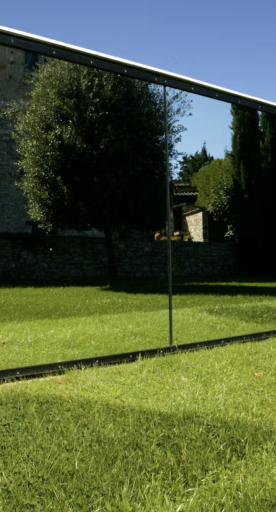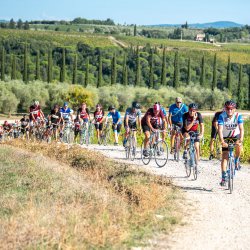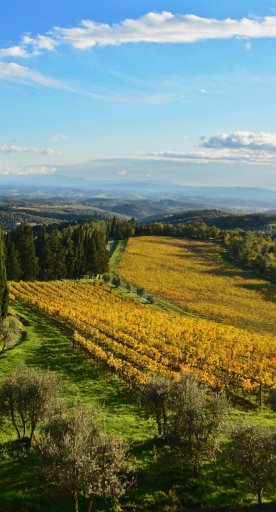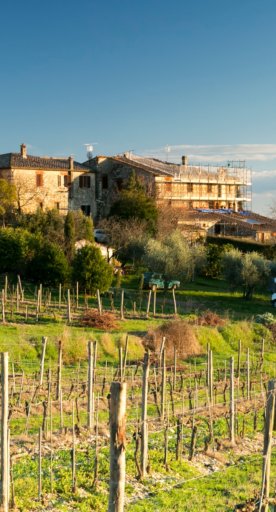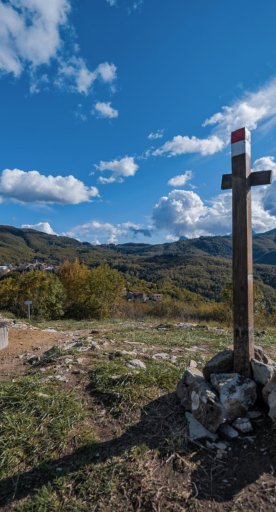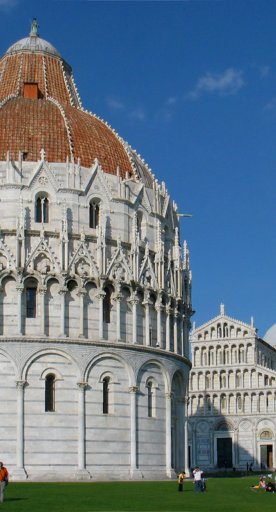
Gaiole in Chianti
Amidst wine, food and castles
Founded between the 13th and 14th centuries, Gaiole was established as a merchant town serving the many castles dotting the surroundings.
The area was already known and inhabited in the Etruscan and Roman periods, which is highlighted by the place names deriving from ancient languages, as well as the ruins of the necropolis in Cacchiano (1st-3rd century CE) and the columns on the Parish Church of San Marcellino in the locality of Monti that are typical of the imperial age and most likely taken from an earlier Roman building.
In the 1400s, Gaiole became the “capital of the terziere” within the Lega del Chianti, a political-militaristic organization controlled by Florence. Previously a successful commercial centre and now also a defense stronghold on the border between Florence and Siena, the town was oppressed during continuous raids until 1555. That year, Siena officially surrendered and the town was annexed to the Grand Duchy of Tuscany.
What to see in Gaiole in Chianti and surroundings
For centuries, the heart of Gaiole has been the street-square, via Ricasoli, a place of trading and daily life.
The main church of the town is dedicated to San Sigismondo. It's a neo-Gothic construction that's covered in pietra serena, except for the facade.
The village is immersed in an area of Tuscany that's known all over the world for its beauty, Chianti, with its landscapes characterized by vineyards and olive groves, and for its food and wine specialties.
In the surroundings of Gaiole, there are castles, towers and historic churches, creative workshops with local crafts, farms, and a multitude of villages and typical rural settlements such as Lecchi, the Romanesque village of San Sano, Ama, Montebuoni, Casanova D'Ama, Adine, Poggio San Polo with its beautiful fortified church, as well as Galenda, and San Giusto in Salcio, a parish church in Romanesque style, and Le Selve at the top of a hill.
The area of Gaiole is then crossed by a Castle Road: Strada dei Castelli. It winds through the hills and allows you to admire important testaments to the process of fortification in the Chianti region during the Middle Ages.
Among these is the Castle of Cacchiano. It was built in the thirteenth century by the Ricasoli family and destroyed by the Aragonese in 1478 and rebuilt in 1530. The imposing Castle of Brolio belonged to the same family and was besieged, destroyed and rebuilt several times due to its strategic position on the border between the Florentine and Sienese states.
A few kilometers from the village near the Massellone stream, is the Monteluco Castle which consists of two nuclei: an outpost at the bottom with a mighty stone tower and a large complex on the summit, which is accessed through an elegant arch.
On the opposite side across the river, stands the large tower of Tornano. For many centuries, it was the site of clashes between the cities of Florence and Siena.
Just two kilometers before Gaiole, stands the Castle of Meleto. Dating to the end of the 12th century, on several occasions it was also the site of battles between Florentines and Sienese. The current building is an almost square shape with an older tower in the center. In the south and east corners, there are two cylindrical towers that are perhaps from the 15th century. The rest of the building was transformed into a villa in the mid-18th century. A unique feature of Chianti is that the castle has a lovely small theatre where the Ricasoli hosted operettas and concerts.
For centuries, the heart of Gaiole has been the street-square, via Ricasoli, a place of trading and daily life.
The main church of the town is dedicated to San Sigismondo. It's a neo-Gothic construction that's covered in pietra serena, except for the facade.
The village is immersed in an area of Tuscany that's known all over the world for its beauty, Chianti, with its landscapes characterized by vineyards and olive groves, and for its food and wine specialties.
In the surroundings of Gaiole, there are castles, towers and historic churches, creative workshops with local crafts, farms, and a multitude of villages and typical rural settlements such as Lecchi, the Romanesque village of San Sano, Ama, Montebuoni, Casanova D'Ama, Adine, Poggio San Polo with its beautiful fortified church, as well as Galenda, and San Giusto in Salcio, a parish church in Romanesque style, and Le Selve at the top of a hill.
The area of Gaiole is then crossed by a Castle Road: Strada dei Castelli. It winds through the hills and allows you to admire important testaments to the process of fortification in the Chianti region during the Middle Ages.
Among these is the Castle of Cacchiano. It was built in the thirteenth century by the Ricasoli family and destroyed by the Aragonese in 1478 and rebuilt in 1530. The imposing Castle of Brolio belonged to the same family and was besieged, destroyed and rebuilt several times due to its strategic position on the border between the Florentine and Sienese states.
A few kilometers from the village near the Massellone stream, is the Monteluco Castle which consists of two nuclei: an outpost at the bottom with a mighty stone tower and a large complex on the summit, which is accessed through an elegant arch.
On the opposite side across the river, stands the large tower of Tornano. For many centuries, it was the site of clashes between the cities of Florence and Siena.
Just two kilometers before Gaiole, stands the Castle of Meleto. Dating to the end of the 12th century, on several occasions it was also the site of battles between Florentines and Sienese. The current building is an almost square shape with an older tower in the center. In the south and east corners, there are two cylindrical towers that are perhaps from the 15th century. The rest of the building was transformed into a villa in the mid-18th century. A unique feature of Chianti is that the castle has a lovely small theatre where the Ricasoli hosted operettas and concerts.
Events
On the first Sunday in October, the Eroica is held in Gaiole in Chianti. The cycling race winds its way through the "white roads" that cross the landscapes of the Sienese Chianti, the Crete Senesi and the Val d'Orcia, with an eye to the past, featuring antique bicycles, cyclists in vintage clothing, a range of vintage cars and motorbikes, as well as wine, capocollo and pecorino.
On the first Sunday in October, the Eroica is held in Gaiole in Chianti. The cycling race winds its way through the "white roads" that cross the landscapes of the Sienese Chianti, the Crete Senesi and the Val d'Orcia, with an eye to the past, featuring antique bicycles, cyclists in vintage clothing, a range of vintage cars and motorbikes, as well as wine, capocollo and pecorino.
Typical dishes and products
Given that Gaiole in Chianti is a land of woods and hills, vineyards and olive groves, it's natural that it's a cradle of noted artisanal and food and wine products.
In the workshops and shops of the centre, you can find ceramics, fabrics made with historic looms and iron objects.
The main product is Chianti Classico DOCG Wine, as well as Chianti Classico Extra Virgin Olive Oil DOP and Vinsanto del Chianti Classico DOC. These products can be discovered and tasted along the Chianti Classico Wine and Oil Trail between Florence and Siena.
Gaiole in Chianti is also a production area for a great variety of pork, cinta senese and wild boar salami.
Given that Gaiole in Chianti is a land of woods and hills, vineyards and olive groves, it's natural that it's a cradle of noted artisanal and food and wine products.
In the workshops and shops of the centre, you can find ceramics, fabrics made with historic looms and iron objects.
The main product is Chianti Classico DOCG Wine, as well as Chianti Classico Extra Virgin Olive Oil DOP and Vinsanto del Chianti Classico DOC. These products can be discovered and tasted along the Chianti Classico Wine and Oil Trail between Florence and Siena.
Gaiole in Chianti is also a production area for a great variety of pork, cinta senese and wild boar salami.
